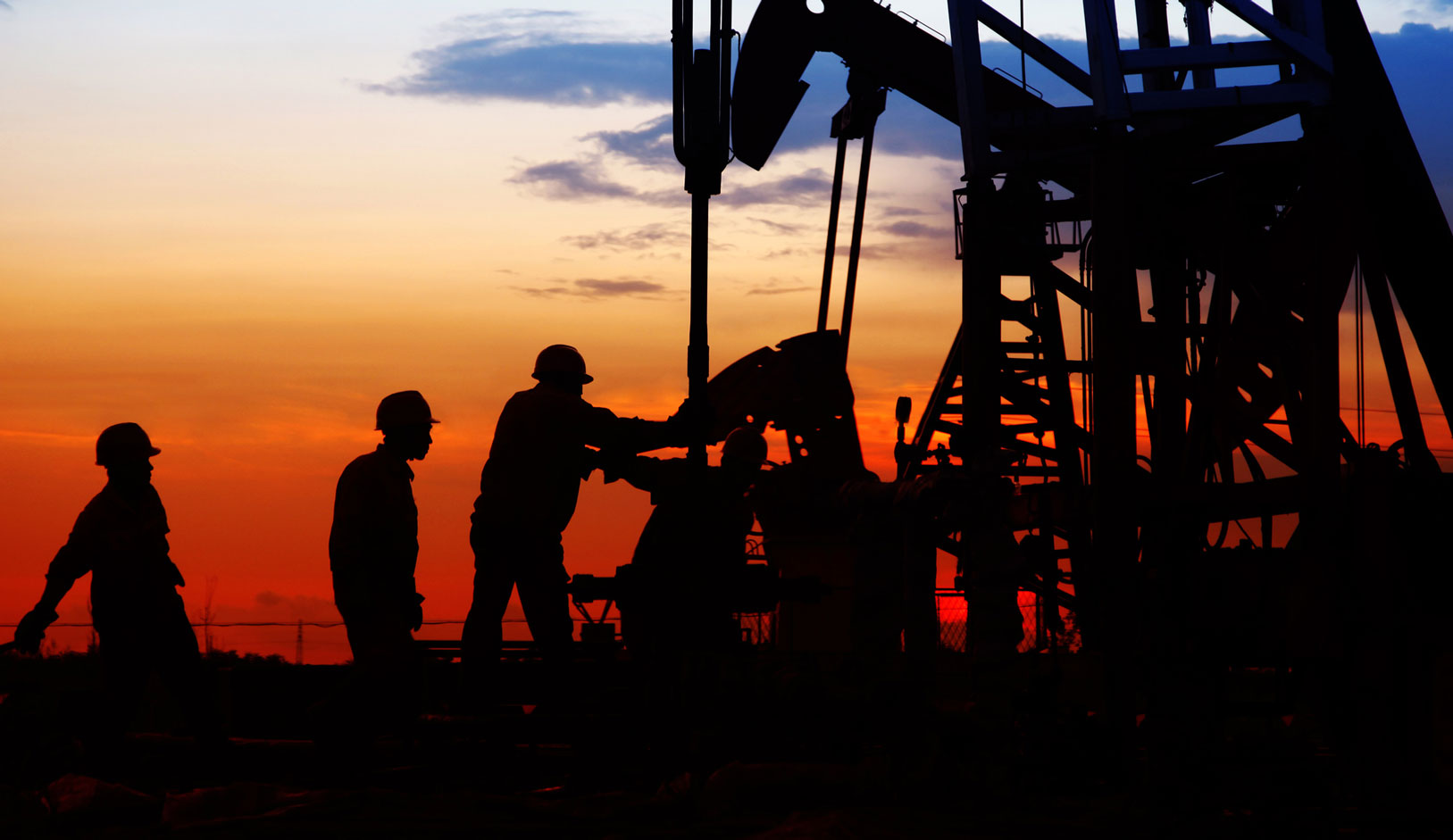EXECUTIVE SUMMARY
Lower than anticipated revenue, economic pressures, and geopolitical tensions have distorted the petroleum exploration and production macro-cosmos. Trends in the regulatory environment and the harsh conditions associated with well production have driven the need for improved computing power in an austere oil production economy. The challenge for petroleum engineers revolves around assembling a computationally dense system with excellent power conditioning in a protective environment that mitigates potential revenue interruptions due to unforeseen regulatory infractions while optimizing well production. This paper addresses high-end computer integration associated with well head and down-hole monitoring and provides suggestions for successful system integration for reliable jobsite operations.

INTRODUCTION
Optimal oil production and the necessary environmental safety have been tied to effectively monitoring down-hole parameters of producing wells. The compute capability required for this monitoring and measurement has become substantial in nature due to the types and volume of sensor data. No longer is a laptop with a four-port switch a viable engineering toolset for compliance and monitoring at the well site. This paper addresses the need for rugged, reliable, server class computing in the oil field environment.
Table of Contents
- Executive Summary
- Introduction
- Background
- Industry Challenges
- A Starting Point in the Transit Case Enclosure
- Computing Challenge for COTS Computer in Oil
- Production
- Clean Power is a Key Issue On-Site
- Conclusions
- About the Author
- About Crystal Group